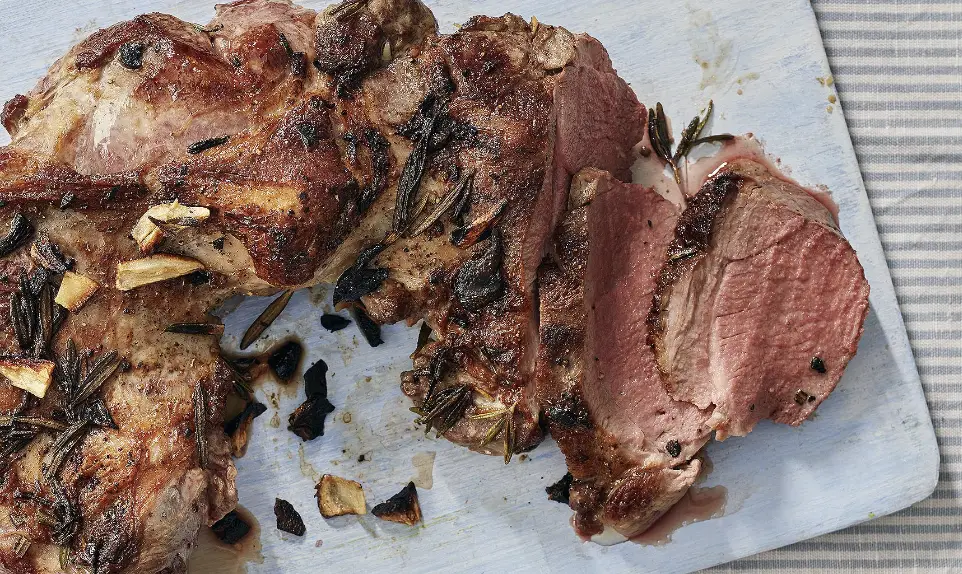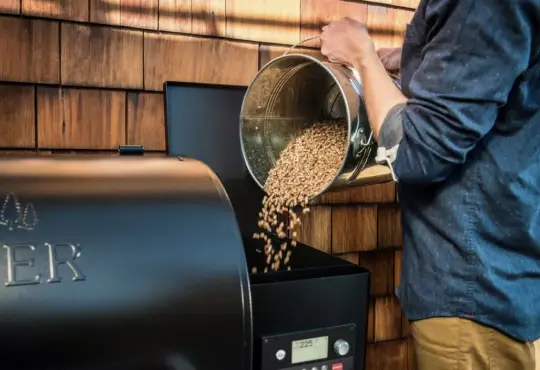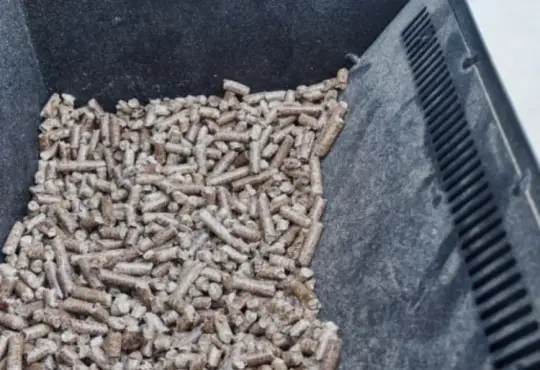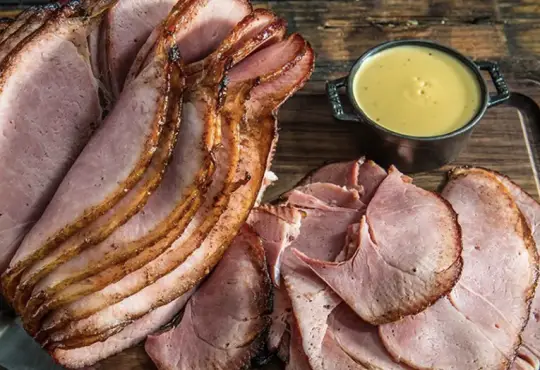
Unlocking the Secrets: Why Is My Lamb Tough and How to Fix It
Lamb, with its unique flavor and tenderness, is a favorite protein for many culinary enthusiasts. However, there are times when even the most carefully prepared lamb dishes turn out tough and less enjoyable than anticipated. In this blog post, we’ll dive into the reasons behind tough lamb and provide insights into how to avoid or remedy this issue, ensuring that your lamb dishes are always a culinary delight.
Factors Leading to Tough Lamb:
1. Cooking Time and Temperature: Lamb, like other meats, requires careful attention to cooking time and temperature. Overcooking lamb can cause its proteins to contract excessively, resulting in a tough and dry texture. Undercooking can also lead to toughness, as the connective tissues and collagen haven’t had enough time to break down and soften.
2. Cut of Meat: The cut of lamb you choose significantly impacts the final texture of your dish. Different cuts have varying levels of connective tissue and fat, which influence tenderness. Tougher cuts, such as the shoulder or shank, benefit from slow cooking methods that allow the collagen to break down, resulting in a more tender outcome.
3. Lack of Resting Time: Resting the lamb after cooking is crucial. Skipping this step can cause the meat’s juices to escape quickly when cut, leading to dryness and toughness. Allowing the lamb to rest for a few minutes lets the juices redistribute, resulting in a juicier and more tender bite.
4. Marinade or Acidic Ingredients: Marinades that contain acidic ingredients like citrus juice, vinegar, or wine can affect the texture of the lamb if left for too long. Over-marinating can break down the meat’s proteins excessively, making it mushy or tough.
5. Not Using the Right Cooking Method: Lamb responds well to various cooking methods, such as roasting, grilling, braising, or slow cooking. Using the wrong method for a specific cut can lead to toughness. Tougher cuts benefit from slow, low-heat cooking methods that allow collagen to break down gradually.
Solutions to Achieve Tender Lamb:
1. Cooking Techniques: Match the cooking technique to the cut of lamb. Tender cuts, like loin or rack, are best suited for high-heat methods like grilling or searing. Tougher cuts require slow-cooking methods such as braising or roasting at lower temperatures.
2. Use a Meat Thermometer: Investing in a meat thermometer ensures that you cook your lamb to the ideal internal temperature. For medium-rare lamb, aim for an internal temperature of 135°F (57°C), allowing it to rise a few degrees as it rests.
3. Marinating Wisely: If using a marinade, avoid prolonged marinating times, especially if it contains acidic ingredients. Marinating for a short period (1-2 hours) is usually sufficient to enhance flavor without compromising texture.
4. Resting Period: Always allow your lamb to rest for a few minutes after cooking before slicing. This step preserves the meat’s juices and results in a more tender and flavorful bite.
Conclusion: Tackling tough lamb requires a combination of proper cooking techniques, a keen understanding of cuts, and a bit of patience. By paying attention to cooking times, choosing appropriate cooking methods, and allowing your lamb to rest before serving, you can ensure that your dishes turn out tender, succulent, and full of flavor. Whether you’re a seasoned chef or a culinary enthusiast, mastering the art of cooking lamb to perfection will result in dishes that are consistently enjoyed and savored by all who indulge.






